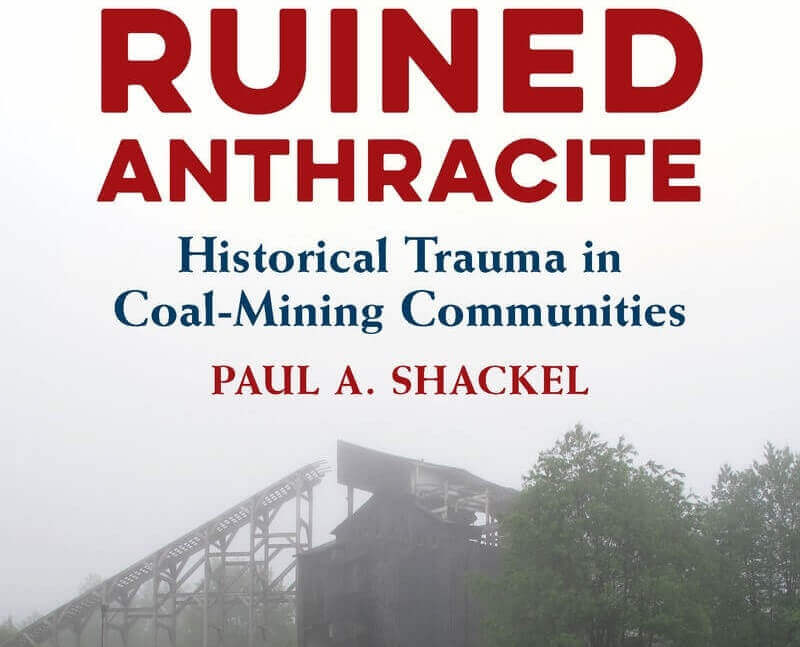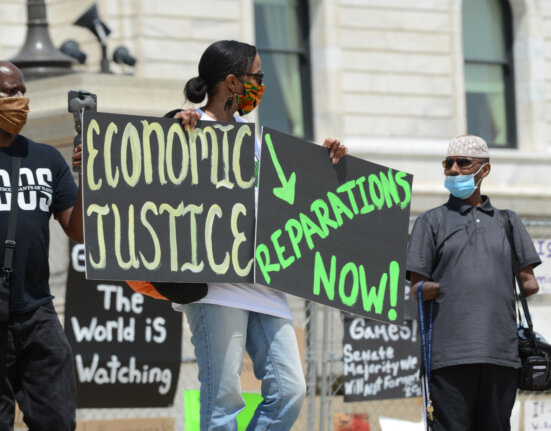The Ruined Anthracite: Historical Trauma in Coal-Mining Communities is a deep dive into the lived experiences of people in the anthracite region of Pennsylvania during the late nineteenth century up through the present day. You explore the nuances of working-class labor, culture, and society while also addressing larger issues of how environmental devastation and unchecked capitalism have left long-lasting, if not irrevocable, scars on the landscape and the generations of people who have lived here. This is part of a larger, multi-year project you have been working on in the region. Can you tell us more about this larger project and where this book fits in it?
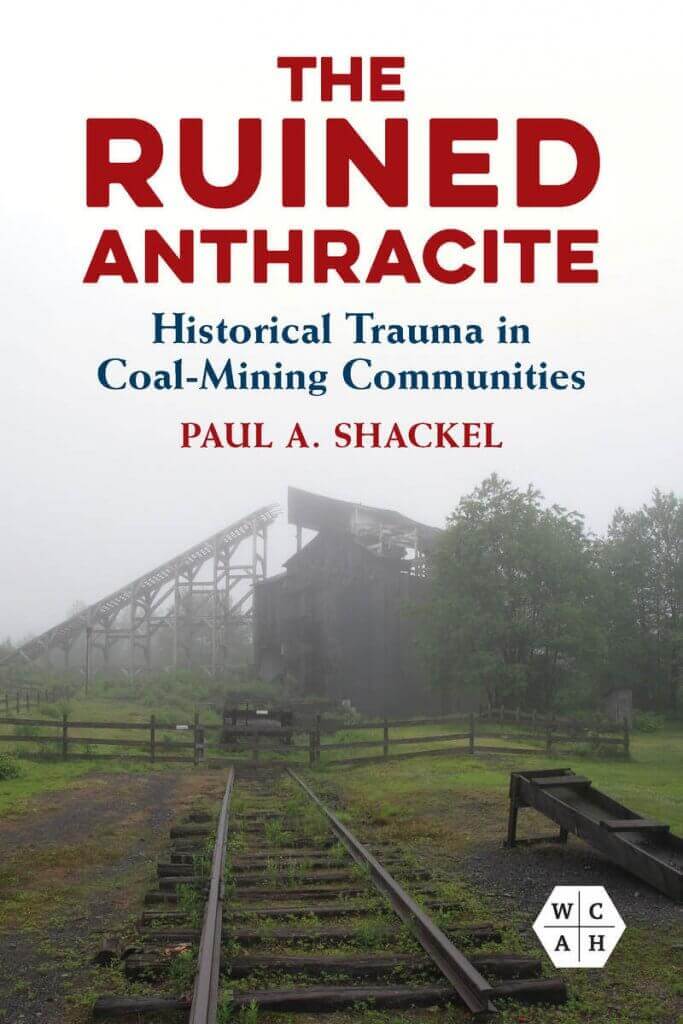
For a long time, I have been very interested in issues related to labor history. In the 1990s, I helped to supervise a large-scale archaeology project at Harpers Ferry National Historical Park. That is where John Hall perfected interchangeable parts, and armory workers resisted the implementation of time discipline. In 1997, I visited northeastern Pennsylvania when the UMWA and the AFL-CIO commemorated the 100th anniversary of the Lattimer massacre. On September 10, 1897, at least 19 miners were killed and 40 wounded on a public road while protesting for better wages and working conditions. These men were the newest immigrants from southern and eastern Europe; most were not naturalized. There was a type of historical amnesia whereby the event disappeared from the public memory. It is not even mentioned in Howard Zinn’s “A People’s History of the United States! I realized that the story of these anthracite coal workers needed to be part of the larger public memory. My goal was to eventually return to the region and focus on the archaeology of the new immigrants to the coal industry.
Michael Roller, now with the National Park Service, helped to initiate an archaeological survey to locate the exact location of the Lattimer massacre. With the help of a non-profit volunteer group – BRAVO (Battlefield Restoration and Archaeological Volunteer Organization)– we were able to identify the initial impact area of the massacre site. From that point on, we dedicated our heritage project to focusing on the lifeways and struggles of the historic new immigrants to the region. We excavated sites in coal patch towns, like Lattimer mines and Pardeesville. Then, we excavated four sites in Eckley Miners’ Village.
During our 12 years working in the anthracite region, we were fortunate enough to interview many of the long-time residents of the region. They often spoke about the daily hardships of making do and they told us about their different survival strategies while their families faced various forms of prejudice and racism. Many of the hardships that the new European immigrant families faced a century ago compare to what the new Hispanic immigrants face today in the region.
You can definitely tell how this book builds on a project that has been so deeply rooted in regional communities for such an extended period of time. As in the larger project, another major aspect of this study is your exploration of how patterns of racism directed against European immigrants developed in the 19th and 20th centuries and the ways in which many from immigrant descendant communities are some of the loudest proponents of anti-immigrant legislation. Can you tell us more about this shift and whether projects like yours that connect the past to the present can be used as an educative tool to combat these patterns?
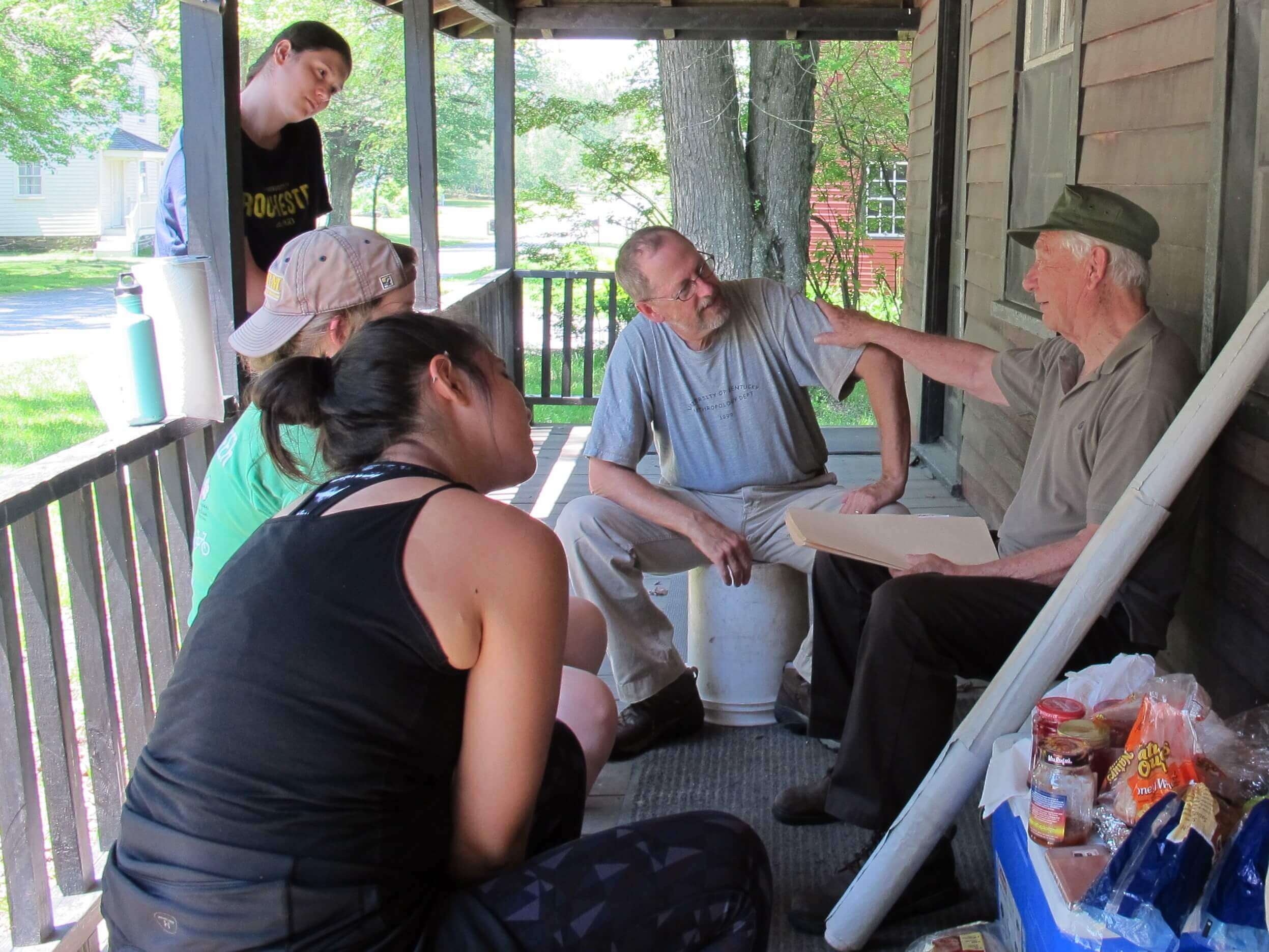
With the influx of immigrants from southern and eastern Europe in the late nineteenth century, Americans created a type of scientific racism that became naturalized and part of the everyday consciousness of those of white Western European ancestry. It became a core principle in many new and developing disciplines, such as Anthropology and Sociology. Evolutionary schemes developed that placed Northern and Western Europeans at the top of the evolutionary hierarchy, those from Eastern and Southern Europe below them, and Asians, Native Americans, and Africans further below. The Reports of the Immigration Commission (1911), funded by the US government, reinforced these hierarchies, and accentuated ethnic stereotypes. Eventually, the 1921 and 1924 Immigration Acts significantly curtailed immigration, especially from Asia and southern and eastern Europe.
While the anthracite coal mines industry has virtually disappeared from the region, it has left the place in a state of despair. The region has high unemployment, lower household income, and suffers from general health disparities. In the late 1990s, the Commonwealth of Pennsylvania created economic zones in depressed areas, including the anthracite region. These zones attracted the development of large corporation fulfillment centers. While the older white population continued to migrate out of the area, a new Hispanic-speaking population came to towns to work in these low-skilled fulfillment center jobs.
Ironically, the mayor of Hazleton, Pennsylvania, a descendant of an Italian immigrant family, rallied the Nativist movement in the region. In 2006, the city council passed, and the mayor signed anti-immigration legislation, which made English the city’s official language. It also restricted employers from hiring and landlords from renting to undocumented people. Employees and landlords could be fined up to $1000/day for any violation. Eventually, higher courts struck down these laws since immigration law is under the purview of the federal government.
While capital has been sucked out of the region, the remaining white population remains underemployed and in general poor health. A disproportionate amount of resources flow into the region through welfare, Medicare, and Medicaid. Many of the youth have turned to using illicit drugs to escape the everyday consequences of an underserved and undercapitalized region. The general population feels forgotten, and they have turned away from their working-class, pro-union roots. And, following politicians’ leads, they have created a foil – the region’s newest immigrants- to blame much of their hardships, rather than the exodus of capital.
Thinking about the similarities between the past and the present, in 2023, we interviewed Hispanic-speaking residents, and with the help of the Anthracite Heritage Museum, we developed a web-based exhibit that focuses on the recent immigrant experience (We Are Anthracite http://www.anthracitemuseum.org/we-are-anthracite-voices-of-anthracite-pennsylvania-hispanic/). The exhibit focuses on the universal values and connects the older, established immigrant families with the newest immigrants to the region. I don’t know if it can be an educative tool to combat these patterns, however, connecting history to the present is one way of defining universal concerns – and recognizing the similarities between people, rather than difference.
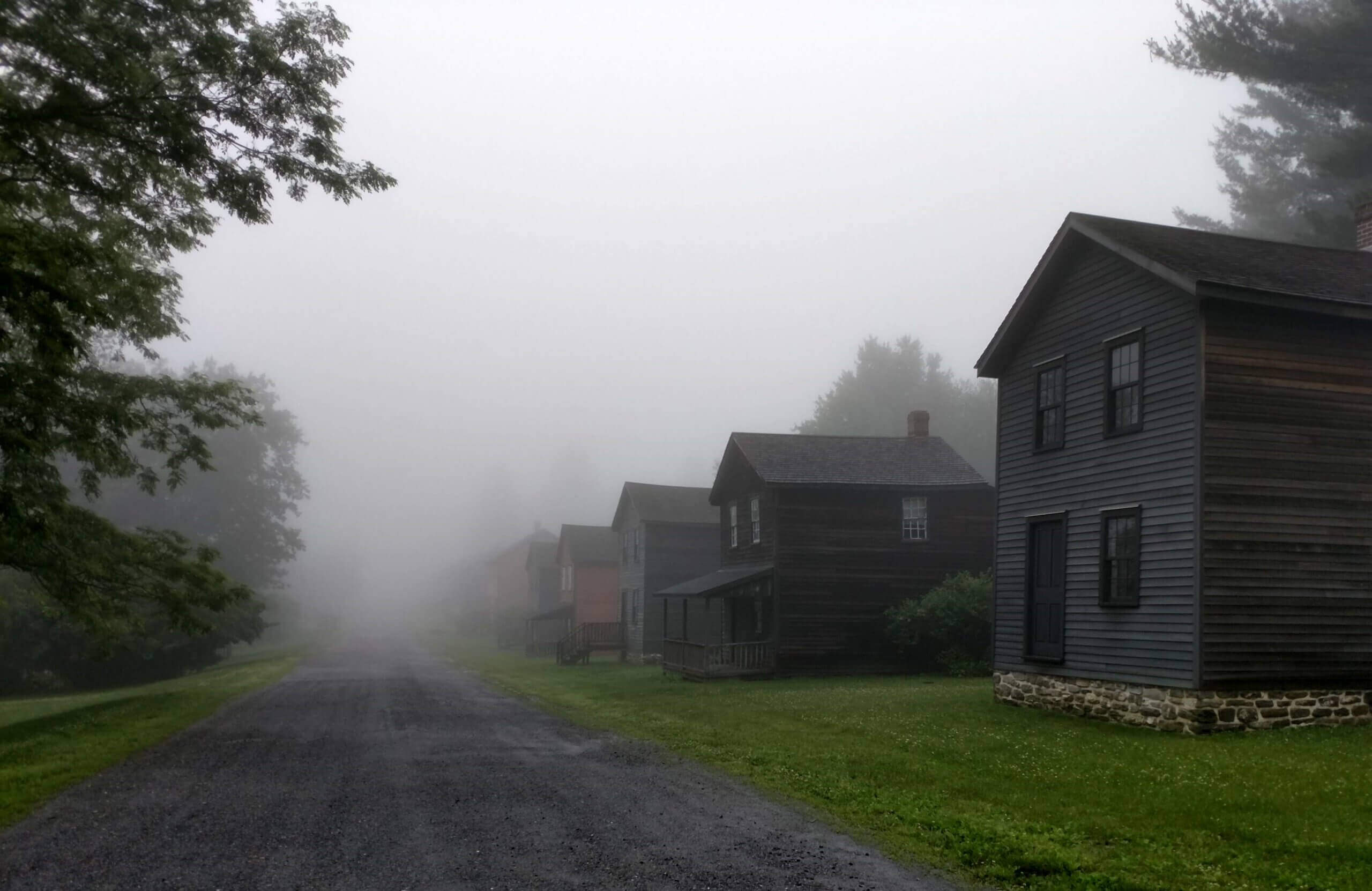
This book, while being rooted in anthropology and historical archeology, is an excellent example of interdisciplinary scholarship–another way in which it reflects the holistic aspects of your work in the region. It is steeped in your own archaeological research and oral histories and incorporates theories and approaches from history (environmental and labor), archeology, anthropology, philosophy, and so on. What led you to take this approach and how did it influence the content and structure of your book?
Breaking out of a single disciplinary focus was not easy for me. My traditional discipline is Anthropology, and I began to focus on historical archaeology in the 1980s. From the beginning of my career, I was often told by historians that archaeology cannot tell us anything that we did not already know about the past. Most recently, a historian who reviewed a book manuscript of mine suggested that I place all of the archaeology in the manuscript into an appendix.
I do not think I can ever leave my anthropological roots; however, the more I write, the more I appreciate how other disciplines and approaches help to make my work much richer in content.
Northeastern Pennsylvania has a very rich and complex history. While the history of the region may seem straightforward – since there have been several significant and influential scholarly works about the region – bringing in other disciplines only builds on this scholarship. It makes for a more complex and robust history, and allows us to tell a different, and perhaps a richer story about a complicated past and present with an underlying theme about the consequences of unchecked capitalism.
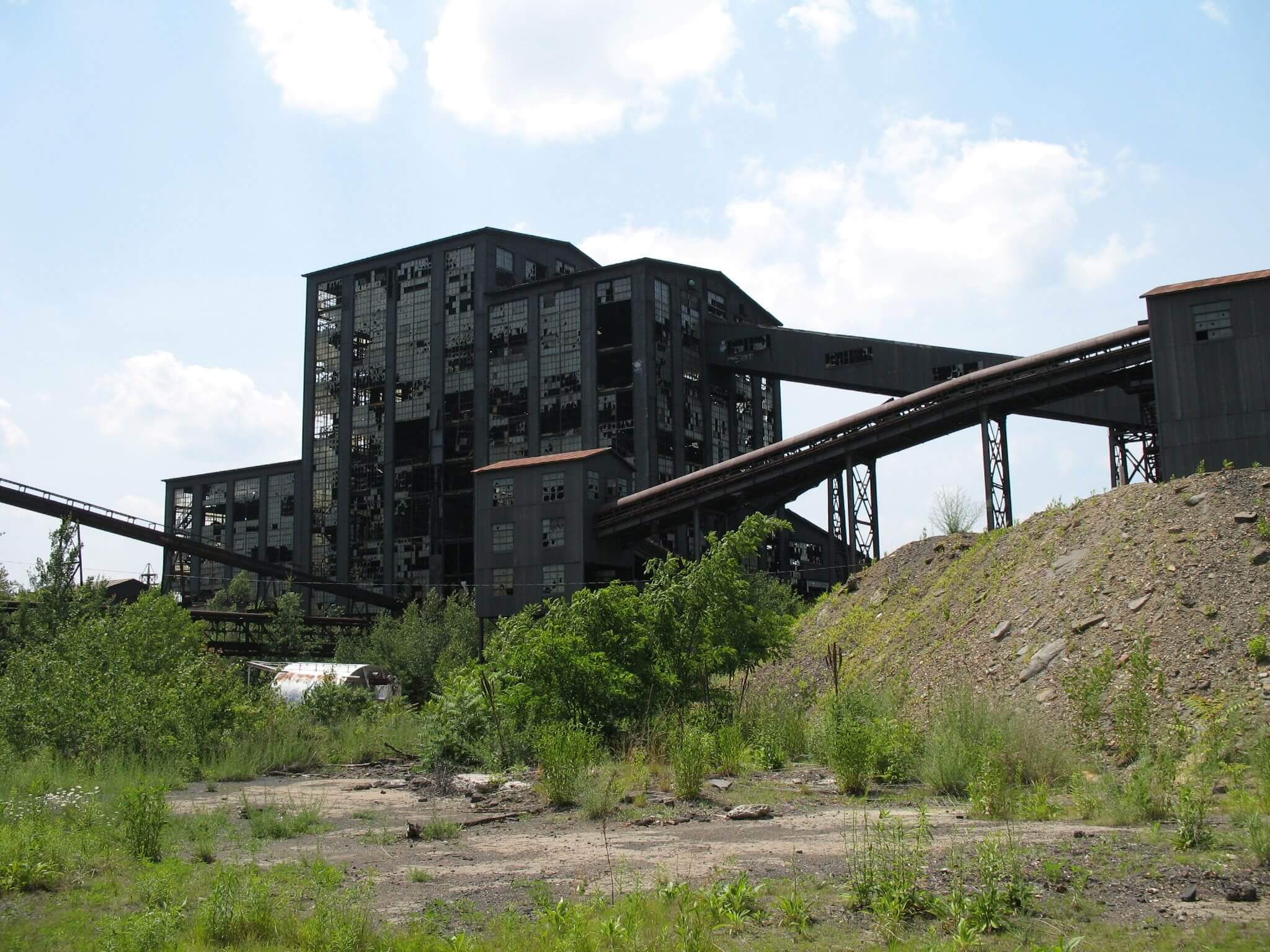
Ruined Anthracite has something for pretty much anyone interested in regional Pennsylvania history or the history of coal mining and extractive labor. But what really stands out is your exploration of the effects of historical trauma on the members of coal communities and their descendants. Can you explain more about what led you to explore this issue in the present day?
Dr. Bode Morin, Historic Site Administrator of the Anthracite Heritage Museum, showed me an article several years ago that was published in the regional newspapers. It was about northeastern Pennsylvania being the unhappiest place in the United States. Economists compared 367 MSAs (Metropolitan Statistical Areas) in the USA in a study that considered overall happiness. Northeastern Pennsylvania (Scranton, Wilkes-Barre, Hazleton MSA) was ranked last. It was based on the region’s declining employment, economic outlook and poor general health, among other factors. The area continues to rank relatively low in recent health and well-being studies.
I then had a hunch that the poor health outcomes in the region may be a long-term consequence of how these families were treated and survived in the coal industry. The first known study of transgenerational health outcomes examined babies born to mothers who were exposed to acute food shortages at the end of WWII, known as the Hunger Winter (1944–1945). The study showed that the first-born children of mothers who experienced famine conditions in utero had offspring with lower weights when compared to babies of non-exposed women. And their offspring also had lower weights. This pattern continued for several generations. There has been a growing body of literature showing that information that is not contained in the DNA sequence – epigenetic information – can be inherited from the parent to the offspring and succeeding generations. Subsequent studies have shown the transgenerational impact on the health and well-being of those who experienced the holocaust. Other studies show how Native Americans who faced famine, stress, and diseases affected the general health and well-being of subsequent generations.
I thought those who suffered through the exploitation of the coal mining industry had similar transgenerational impacts on the contemporary community. Northeastern Pennsylvania is not considered to be a medically underserved population, and the majority of the population mainly consists of descendants of the late nineteenth and early twentieth centuries Southern and Eastern European immigrants who worked in the coal industry. I found additional data where the Center for Disease Control and Prevention documents a high rate of deaths related to heart disease in the anthracite coal region and compares it to some of the highest rates found in the United States. This high mortality rate associated with CVD in Northeastern Pennsylvania, I believe, may be in part be explained by the long-term structural violence that prevailed in this coal mining region. The deprivation of healthcare access and chronic stress related to poor nutrition, poor environmental conditions, and underemployment may have transgenerational effects and, therefore, impact the general health and well-being of the contemporary community.
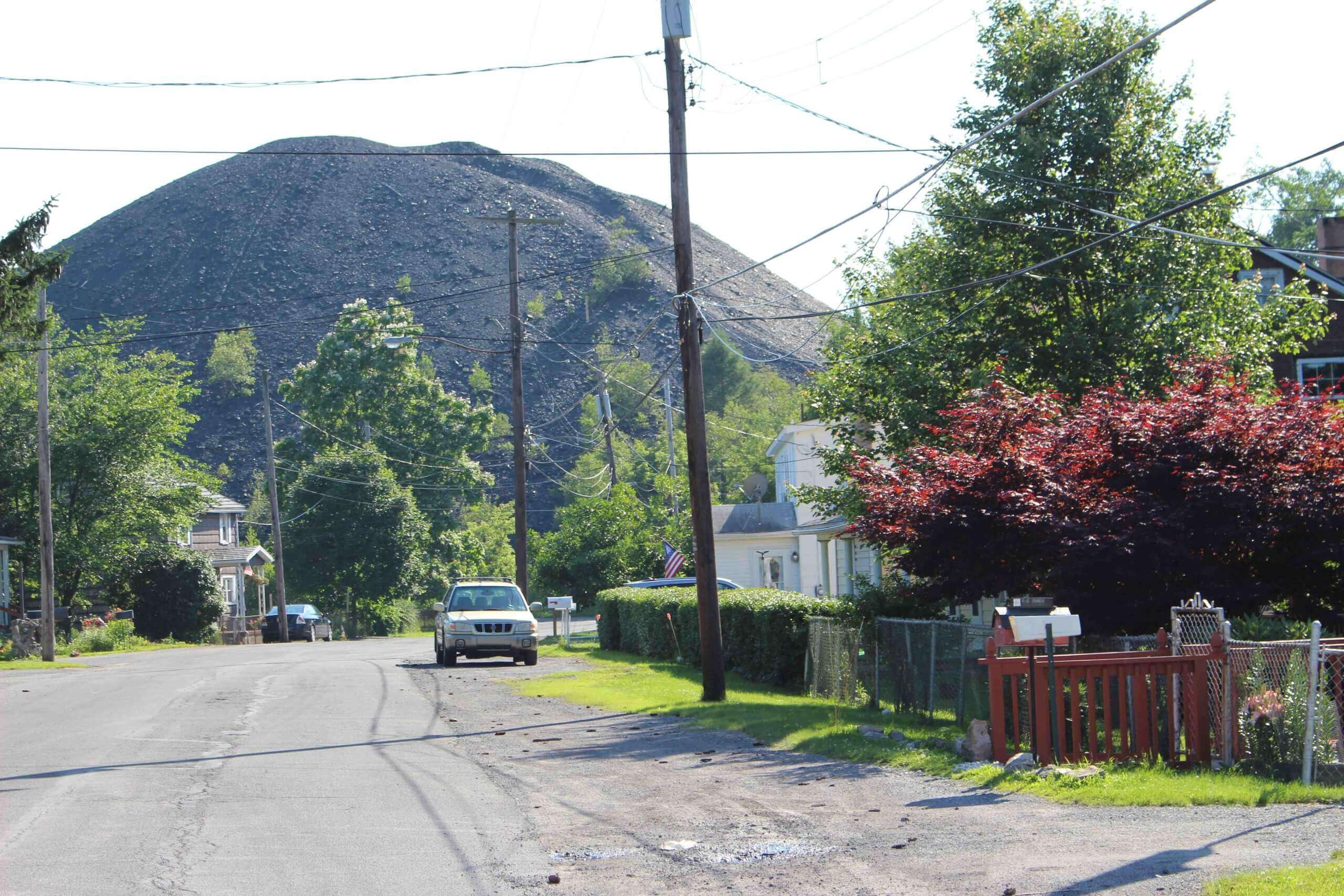
On that note, do you see the potential for studying historical trauma to change the field of labor history and industrial archeology or at least open new directions for these fields?
As Yogi Berra once said, “It’s difficult to make predictions, especially about the future.” One of the important things to me about providing an interdisciplinary approach is that I have learned new ideas and concepts. This approach has also allowed others in my discipline to think of new ways to explore the past.
Historians have documented a difficult past among many working-class families. While some have gained new status in their communities, the impact of exploitation still plays out in communities today. In other words, historic trauma is not gone. Contemporary communities are still affected by the conditions that their ancestors faced generations ago.
Paul A. Shackel is a professor in the Department of Anthropology at the University of Maryland, College Park. His books include Remembering Lattimer: Labor, Migration, and Race in Pennsylvania Anthracite Country.

